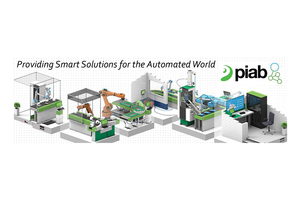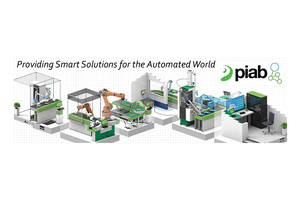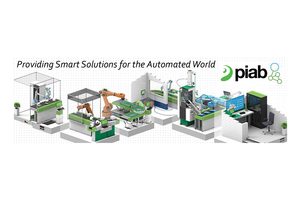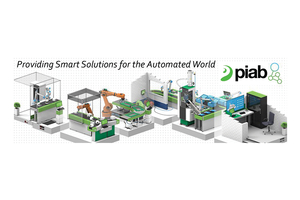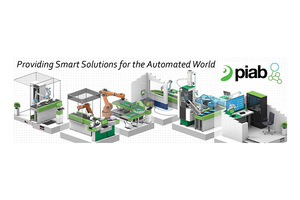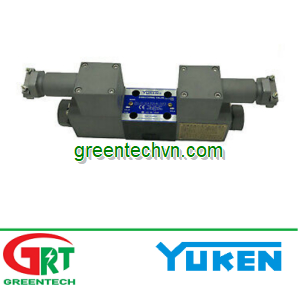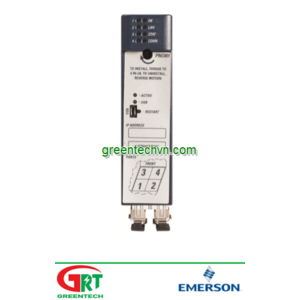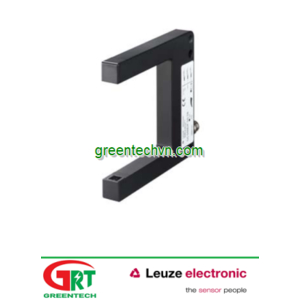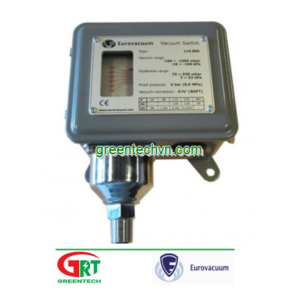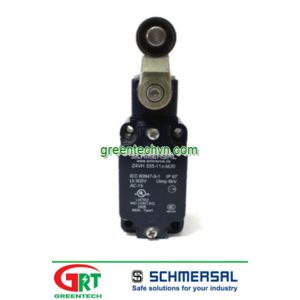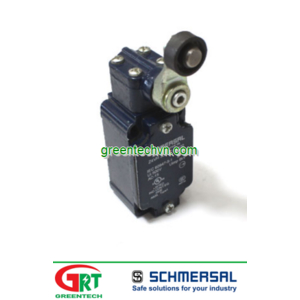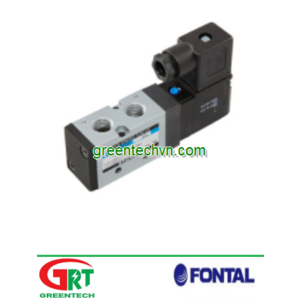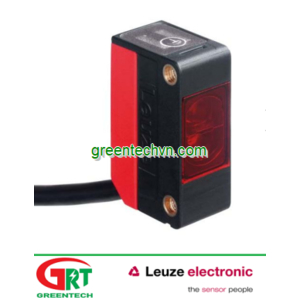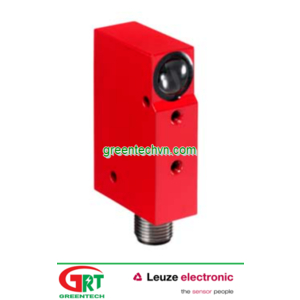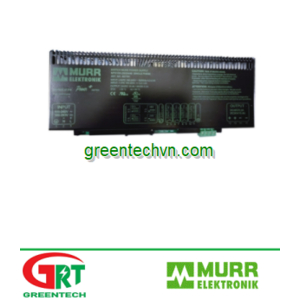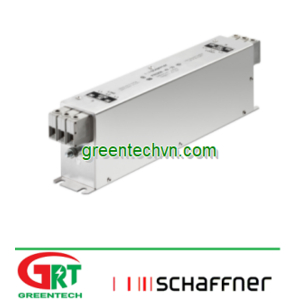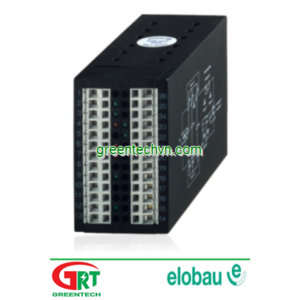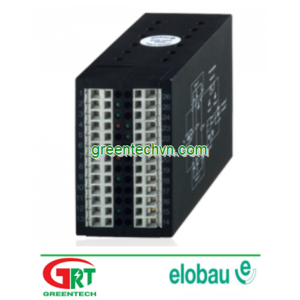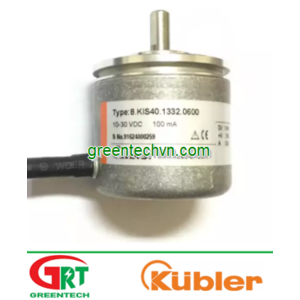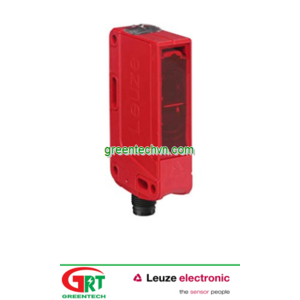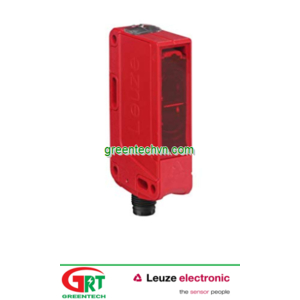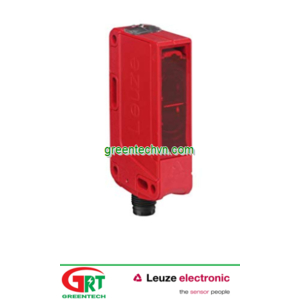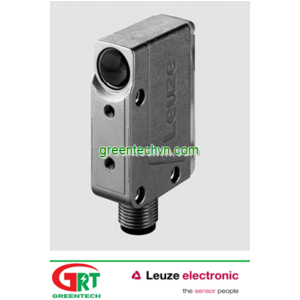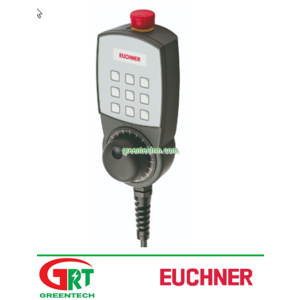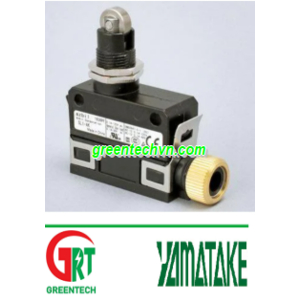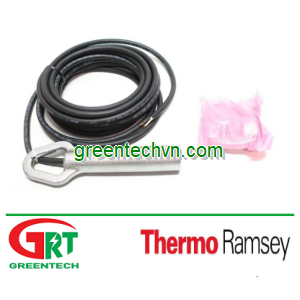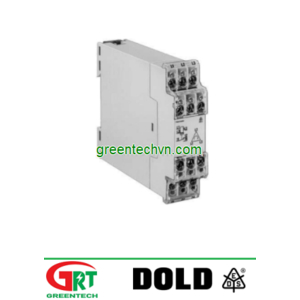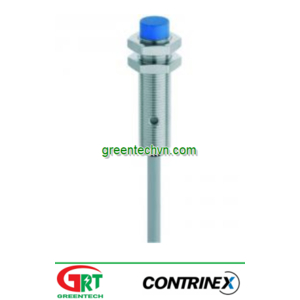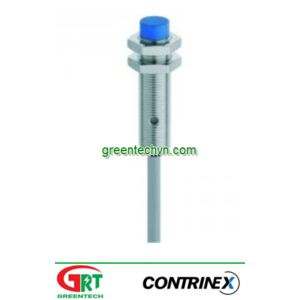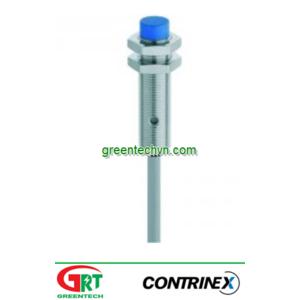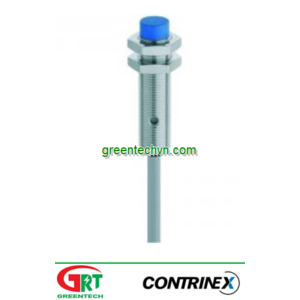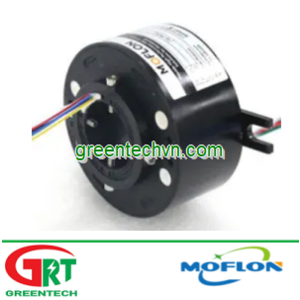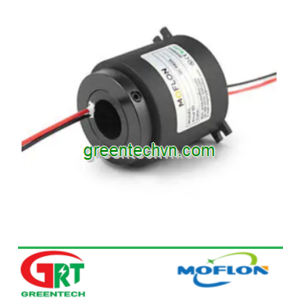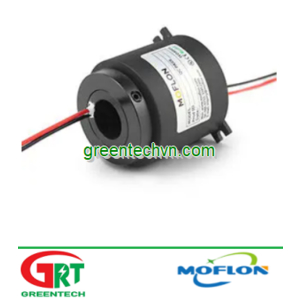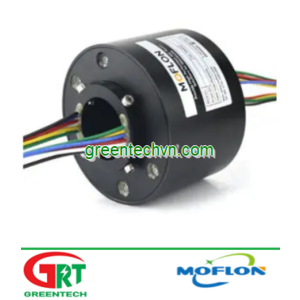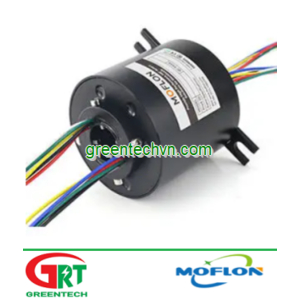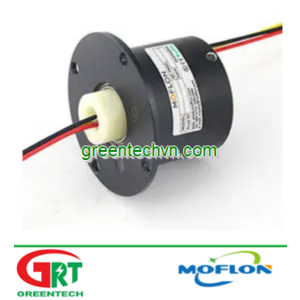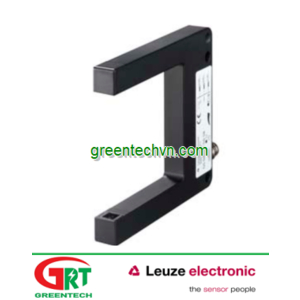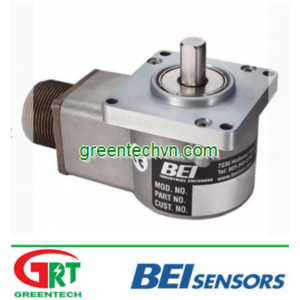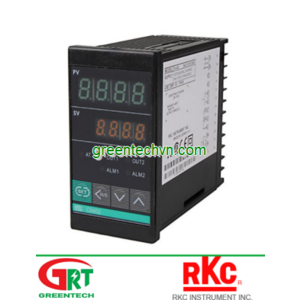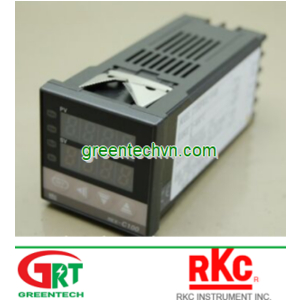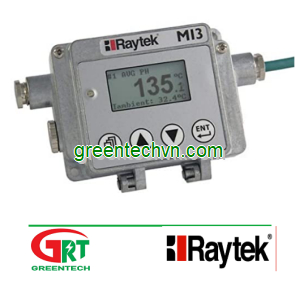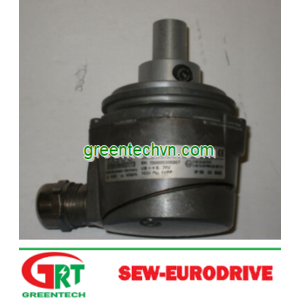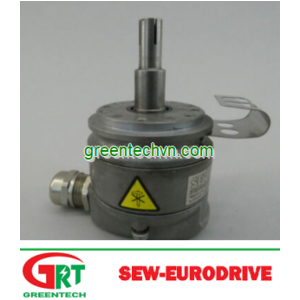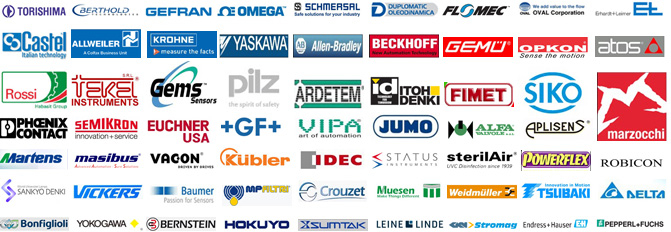Online Support

Technical - Mr. Nhân: 0935 04 1313 - nhan@greentechvn.com
Sales - Mr. Nhân: 0935 04 1313 - sales@greentechvn.com
HCM Sale - Ms. Thủy: 079 664 0303 - thuy@greentechvn.com
HCM Sale - Mr. Hân: 0903 355 926 - sale01@greentechvn.com
HCM Sale - Mr. Tài: 0903 355 609 - sale02@greentechvn.com
HCM Sale - Ms. Tuyền: 0903 355 609 - sale03@greentechvn.com
HCM Sale 04: 0903 392 551 - sale04@greentechvn.com
Q.Nam Sale - Mr. Hân: 0912 635 379 - han@greentechvn.com

CN Hà Nội - Mr. Thái: 0987040968 - thai@greentechvn.com
Danh mục sản phẩm
News
Best Sale
Fanpage Facebook
Thống kê
- Online 0
- Today 0
- Yesterday 0
- Week 0
- Month 0
- Sum 0
Moveable guards with Safety Switches
4.3 Guarding (fence heights, fixing instructions, safety distances, etc.)
Hard guards prevent access to danger zones and at the same time also protect (depending on the model) against projected (thrown out) objects and (depending on the model) against dangerous emissions from the machine. EN ISO 12100‑2 and EN 953 "Safety of machinery - Guards - General requirements for the design and construction of fixed and moveable guards" contain normative requirements for construction. Extracts of the most important requirements are listed in the following sections. The height of the protective fences, openings or mesh sizes of wire screens must be dimensioned and far enough away from the point of operation that they cannot be reached with any body parts (see e.g. EN ISO 13857).

| S = (K * T) + C | |
|---|---|
| S | Minimum distance in millimeters measured from the danger zone to the Safety Switch |
| K | 1600 mm/ms approach speed of the body or body parts in millimeters per second |
| T | Run-on of the entire system in seconds |
| C | Additional distance (taken from table 4 of ISO 13857, if it is possible to insert fingers or hand through the opening towards the hazard zone before a stop signal is generated.) |
Comments
MORE NEWS
Greentech phân phối các thương hiệu dây cáp điện phổ biến nhất hiện nay
Tổng hợp thiết bị được cung cấp bởi GREENTECH | Greentech Vietnam | 20211021
Tổng hợp thiết bị tồn kho được cung cấp bởi GREENTECH | Greentech Vietnam | 2024-06-05
Tổng hợp thiết bị tồn kho được cung cấp bởi GREENTECH | Greentech Vietnam | 2024-06-04
Tổng hợp thiết bị tồn kho được cung cấp bởi GREENTECH | Greentech Vietnam | 2024-06-03
Tổng hợp thiết bị tồn kho được cung cấp bởi GREENTECH | Greentech Vietnam | 2024-06-02
Tổng hợp thiết bị tồn kho được cung cấp bởi GREENTECH | Greentech Vietnam | 2024-06-01
Tổng hợp thiết bị được cung cấp bởi GREENTECH | Greentech Vietnam | 2023-05-23-01
Tổng hợp thiết bị được cung cấp bởi GREENTECH | Greentech Vietnam | 20220330
Tổng hợp thiết bị được cung cấp bởi GREENTECH | Greentech Vietnam | 20220315_2
Tổng hợp thiết bị được cung cấp bởi GREENTECH | Greentech Vietnam | 20220315_1
Tổng hợp thiết bị được cung cấp bởi GREENTECH | Greentech Vietnam | 20220315
Tổng hợp thiết bị được cung cấp bởi GREENTECH | Greentech Vietnam | 20220312
Tổng hợp thiết bị được cung cấp bởi GREENTECH | Greentech Vietnam | 20220303
Tổng hợp thiết bị được cung cấp bởi GREENTECH | Greentech Vietnam | 20220301
Tổng hợp thiết bị được cung cấp bởi GREENTECH | Greentech Vietnam | 20220228
Tổng hợp thiết bị được cung cấp bởi GREENTECH | Greentech Vietnam | 20220226_1
Tổng hợp thiết bị được cung cấp bởi GREENTECH | Greentech Vietnam | 20220226
Tổng hợp thiết bị được cung cấp bởi GREENTECH | Greentech Vietnam | 20211023
JAM Automation moves 250kg heavy profiles with Piab’s Kenos® grippers
About of Piab
About Piab
Piab’s Kenos® foam gripper head provides sweet success
The Kenos® Sack Gripper program is extended with new size, sealing ring and performance options
Piab Group acquires TAWI Group to become the global leader in ergonomic handling solutions
INJECTION MOULDING Plastic part removal
Ứng dụng cảm biến khóa an toàn của hãng Euchner
Piab Việt Nam | Công nghệ chân không Piab
Ứng dụng thiết bị Piab - nâng hạ các tờ giấy mỏng khổ lớn
Slip sheet feeding
Bags, sacks and bundles
Bags, sacks and bundles
Trays and open top containers
Ứng dụng thiết bị Piab Xử lý và định vị pallet
Palletizing/de-palletizing
Piab has a long history of setting the standards for the Packaging industry


























